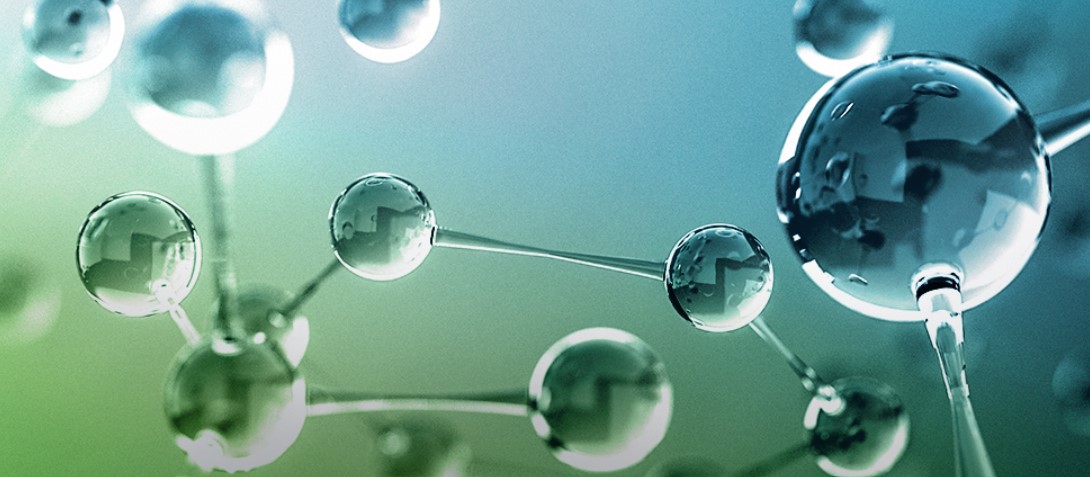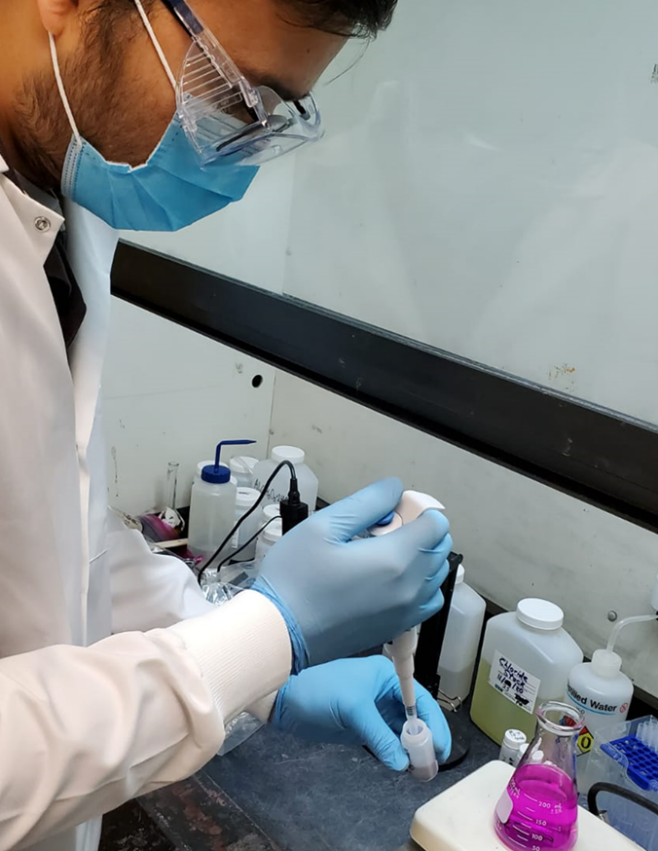
Per- and Polyfluoroalkyl Substances (PFAS) possess both water and oil repelling properties making them commercially useful for a variety of industries. It is specifically due to these properties that they have been used in a wide range of products including surface coatings and firefighting foams. Some of the properties that make PFAS commercially useful, also make them resistant to degradation. The carbon-fluorine (C-F) bonds present in PFAS make these compounds resistant to conventional treatment technologies and have forced researchers to develop new and innovative techniques to tackle the problem of PFAS.

One of the ways of mitigating future liability of PFAS is by decomposing it to benign products. Some of the ways researchers have identified to degrade these compounds is through oxidative pathways. There has been significant progress in developing decomposition technology some of which include ultraviolet radiation, electrochemical oxidation, and super-critical water oxidation.
Our internal research and development program is in the midst of developing one of the most practical and commercially viable solution for PFAS remediation. This patent pending innovation involves the activation of an oxidant with a catalyst for generation of highly reactive radical species that are capable of breaking down PFAS. The research is currently in phase 2, wherein optimization of the selected oxidant/catalyst is being conducted and evaluated for field testing. The major advantage with this technology is the capability for in situ applications.
Our Emerging Contaminants Engineer, Akshay Parenky, Ph.D., brings the findings of his doctoral studies focused on the removal and decomposition of PFAS through oxidative and reductive methods. His recent publication in the Journal of Environmental Engineering involves the decomposition of carboxylic PFAS by silver activated persulfate. In this study, he demonstrated the decomposition of the well-known perfluorooctanoic acid (PFOA) using silver in combination with persulfate under ambient conditions without the use of an external energy source. This study was the first of its kind to degrade PFAS purely through a homogenous reaction. This simple yet ingenious solution can be implemented in several areas of PFAS remediation.
With a well-balanced portfolio of research and consulting, we provide our clients with a full set of tools to effectively address PFAS.
We are also proud to announce that we have accepted the U.S. EPA Innovative Ways to Destroy PFAS Challenge and have submitted two promising solutions as a Registered Solver. The challenge entails the destruction of AFFF concentrate using low-energy alternative to incineration. Our experts understand the chemistry behind PFAS and have been working towards achieving this goal prior to the challenge.
For more information about our PFAS capabilities, please refer to our PFAS Page.